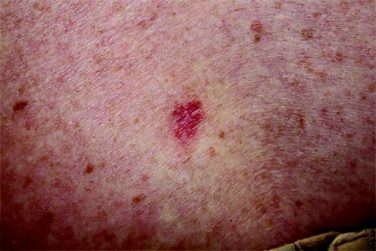FROM JOINT BONE SPINE
Psoriasis patients with ultrasonographic enthesitis who undergo systemic treatments can experience significant reductions in morphologic abnormalities in as little as 6 months, according to the findings of a two-center prospective study published in Joint Bone Spine.
“Here, we showed that subclinical enthesitis of both [psoriasis] and PsA [psoriatic arthritis] population improve under systemic treatment,” wrote lead author Dr. Emilie Acquacalda of the University Hospital of Nice (France) and her associates. “Both patients under methotrexate and biologics had a reduction of the enthesitis at US [ultrasonographic] examination.”
The investigators enrolled 34 patients – 22 with psoriasis and 12 with symptomatic PsA – for whom US assessments were taken at baseline. Abnormalities, specifically hypoechogenicity and thickness, were noted in 86.4% (19) of psoriasis patients and 97.1% (33) of the total population. Enthesitis was found in 95 of the 340 entheses examined at baseline, 57 of which were in psoriasis patients (Joint Bone Spine 2015 April 13 [doi:10.1016/j.jbspin.2015.01.016]).
Psoriasis patients were given systemic treatment consisting of methotrexate and/or biologic therapies, which were infliximab, adalimumab, etanercept, and ustekinumab. At 6 months, 23 patients were assessed (11 refused ultrasonography), 13 of whom had psoriasis and 10 of whom had PsA. Of these subjects, 12 received methotrexate alone and 11 received it with a biologic.
Morphologic abnormalities in the psoriasis population decreased significantly, from 30% (39 of 130) at baseline to 17.7% (23 of 130; P = .021). Psoriasis patients who took methotrexate had the most significant decreases, with methotrexate alone reducing the proportion of abnormalities from 28.8% (23 of 30) at baseline to 15% (12 of 80; P = .035), Dr. Acquacalda and her associates reported.
Treatment with biologics also showed promise, with abnormality rates dropping from 32% (16 of 80) to 22% (11 of 80), but the results were not statistically significant (P = .359). Overall, PsA patients saw enthesitis improvement from 33% (33 of 100) to 24% (24 of 100) over the 6-month study period, but the difference was not statistically significant (P = .164), they said.
The authors also noted that the relatively small number of subjects in their study prohibits them from making any definitive conclusions about the efficacy of systemic and biological treatments, but urged that “long-term follow-up studies of [psoriasis] patients with and without subclinical enthesitis are warranted to determine if they have a predictive value of future PsA, and to determine if rapid introduction of a systemic treatment could impact this evolution.”
The authors did not report any relevant conflicts of interest.




